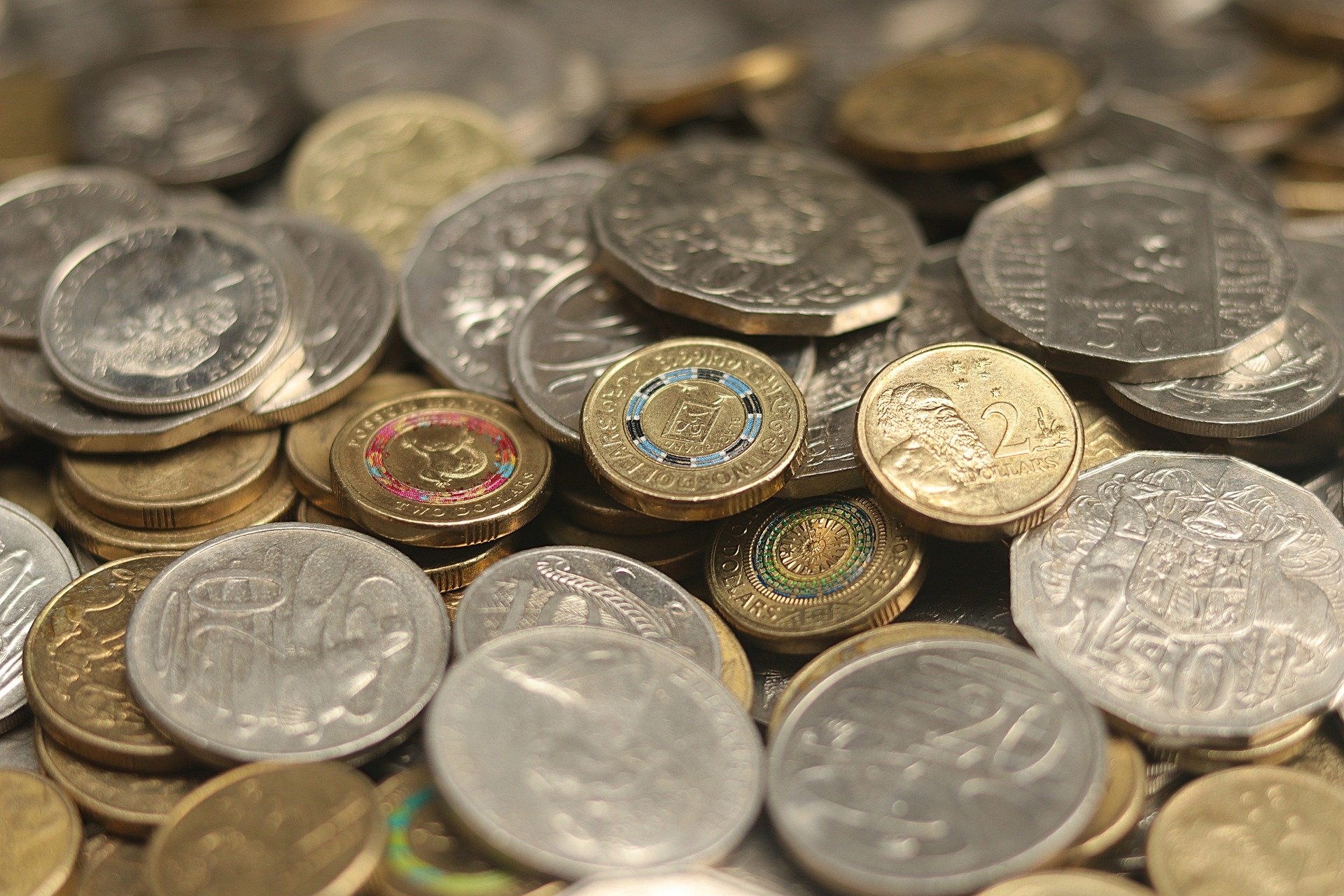What are the Copper and Nickel trends for 2023?
It’s impossible to predict the future, but it’s possible to forecast prices based on a multitude of trends. Let’s take a look at what Copper and Nickel pricing might look like in 2023, the various variables that will affect supply and demand, as well as the responsiveness of these metals to world changes.
Copper
Multinational financial services company Goldman Sachs predicts Copper prices going up in 2023, thanks to a simultaneous swell of green manufacturing and supply shortage.
A 178,000 tonne deficit is currently predicted for 2023, with Copper suppliers believed to not be responsive enough to the green transition. Copper, the main element of Copper Nickel, a portion of Stainless steel and contributing to everything from electric vehicles to power infrastructure, recorded a significant advance in November, surging nearly 11% on the LME as China began loosening COVID-19 restrictions.
Goldman Sachs' forecasted 12-month price target is $US11,000 a tonne (~$AU15,500). This reflects Goldman’s 434,000 tonne cut to its global mine supply forecasts, an increase in the Chinese demand projection by 250,000 tonnes due to expected green transitions such as increased solar panel installations, as well as its post-COVID-19 reopening and the objective of the stabilisation of its property sector. In addition, over the long-term, government policies surrounding EVs in the U.S. will likely drive up the price of Copper by increasing demand.
Glencore, one of the world’s largest Copper producers, also predicts an imminent supply shortage, but assures it is able to increase its current output of 1 million tonnes by more than 60% by expanding current assets.
This price recovery is not set in stone however, with Chinese COVID-19 cases on the rise post-opening, demand has been delayed in the short term. In addition, experts are projecting price swings as the impacts of the pandemic continue in their unpredictability.
Nickel
The volatility in the price of Nickel in 2022 has changed the way the price will operate in 2023, with unpredictable swings expected and forecasts differing among companies.
As with Copper, the green transition is driving up Nickel demand. Nickel sulfate is a key component in nickel-manganese-cobalt (NMC) units, and Nickel-rich batteries are often preferred over Lithium-ion batteries due to their high energy density and longer range when used in EVs.
Demand for Nickel from the battery industry is, therefore, set to increase significantly. Researchers from Fastmarkets forecast that demand for Nickel for use in EV batteries represents around 280,000 tonnes per year of Nickel globally, which corresponds to around 10% of worldwide demand for Nickel; demand from the battery industry is expected to increase to close to 314,000 tonnes in 2023 and to 668,000 tonnes by 2025.
The increased demand for Nickel for green manufacturing is not so black and white, however, with investors not confident in the stability of the commodity. The Nickel price on the LME was extremely volatile and reached record highs in 2022. On 8 March 2022, the metal soared 70% in one day at the LME and briefly broke the $100,000 per tonne barrier, before dropping rapidly and closing at around $81,000. After resuming trading in late March, it has traded in persistently low volumes, which has often resulted in high volatility. It was trading at around $27,000 as of 1 December 2022, down more than 70% from a record high in March, but up about 29% YTD.
Nickel price volatility has increased significantly as stocks at the LME’s warehouse have dwindled. The LME warehouse’s Nickel stocks had dropped nearly 48.5% to around 52,122 tonnes as of 1 December 2022, from 101,136 on 4 January 2022. Many traders have reduced activity or cut their exposure due to a loss of confidence in the LME and its Nickel contract after its handling of the March short squeeze; these low levels of liquidity have left Nickel exposed to sharp price swings even amid small shifts in supply and demand balances, according to ING.
As with Copper, China's new stimulus measures to support its property sector as well as its reopening predicts an increased Nickel demand, but this pick up in momentum will depend on the duration of the newest COVID-19 wave in the country.
On 1 December 2022, ANZ Research forecasted Nickel to average $US22,575 in 2023, however according to ING on 30 November, Nickel prices will hover between $US20,000/tonne and $US20,500 in the first two quarters of 2023 before rising to $US21,000 in Q3 and $US22,000 in Q4 as the global growth outlook improves. As we see now, these predictions have not been accurate to the current average of $US29,000 (~$AU41,076) a tonne at the end of January 2023. Forecasts cannot predict major events shifting supply or demand, as the price of Nickel proves itself extremely responsive to shifts in the market.
So, what’s next?
All up, we see a general, gradual price rise for both Copper and Nickel in 2023, however as the last few years have proved, world events large and small alike have the potential to create waves in the market. The switch to EVs and other green projects, as well as China’s COVID-19 recovery, will guarantee continued demand for these commodities. Price volatility will most likely be caused by supply changes from different commodity-rich nations, such as Indonesia, Chile and Ukraine.
We at Stirlings will keep you updated with price trends in our monthly news updates - and any major changes to the prices of our products if affected by the commodities market will be communicated swiftly.
Subscribe to our news updates via the form on our website, and be sure to keep in the loop with our blog on topics from economics to metallurgy and everything in between!
Sources:

